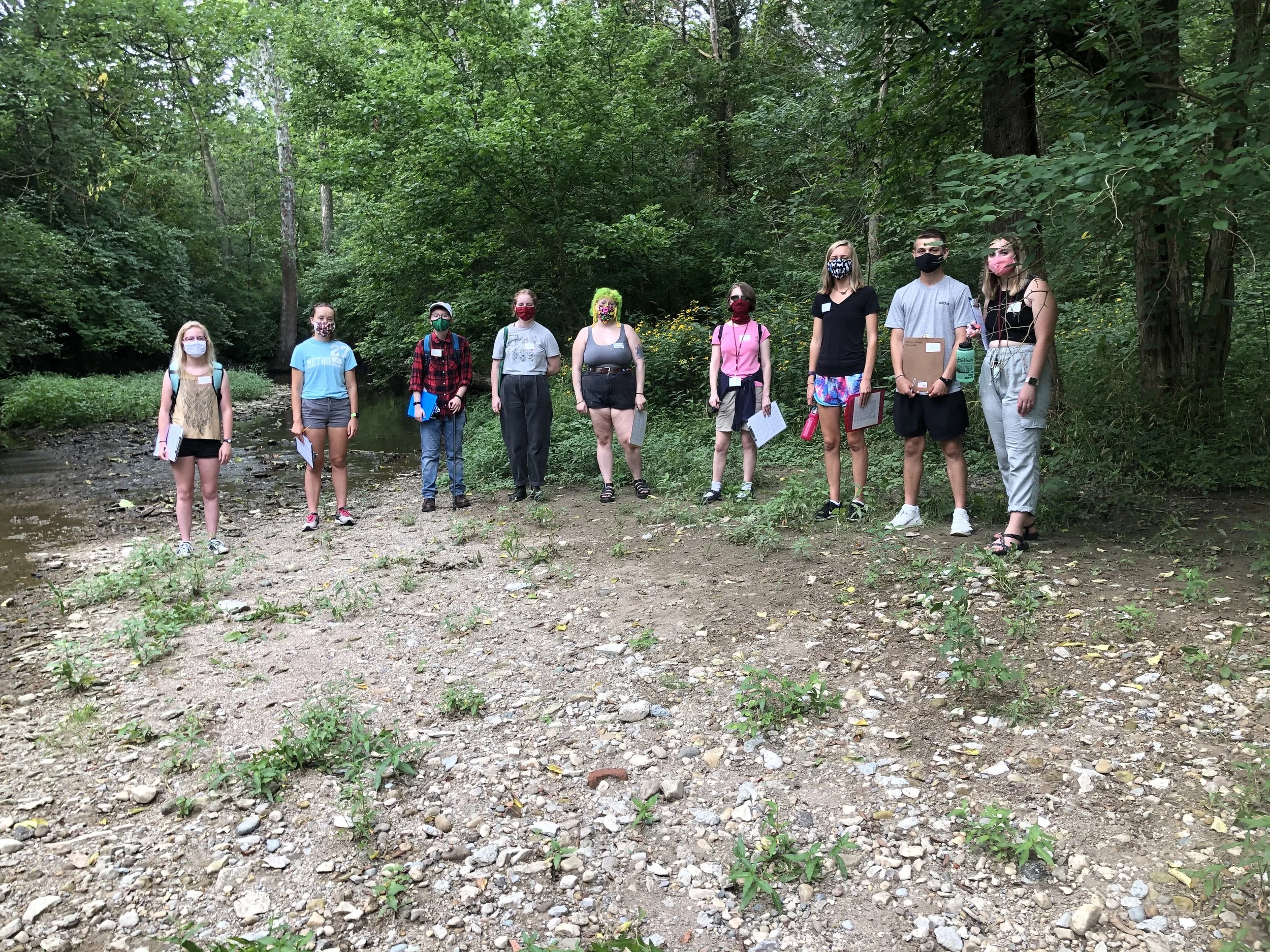Teaching Portfolio
Too much of my early educational experience consisted of sitting in rows and memorizing facts with limited real-world application. This was in sharp contrast to all that I learned about the world and its interconnectedness from spending time outside observing plants and animals. I have taken these lessons forward in my teaching, where I am committed to integrating experiential, active, and student-directed learning,.
I use these teaching strategies for several reasons:
1) teaching this way can lead to deeper, long-lasting learning that is useful to the student,
2) these strategies may help close the gap between minoritized students and those with more privilege (active-learning in particular),
3) because they make teaching and learning more fun for everyone involved! And when classroom experiences are fun, learning can benefit.
Importantly, when teaching and research are integrated, and valued as mutually-supportive activities, experiential learning becomes the obvious way to teach ecology & environmental science. I strongly believe that experiential learning, at it’s best, emphasizes student-led projects where they design and do science!
I teach several classes and guided many undergraduate research projects under the umbrella of ecology & environmental science —see below for some highlights!
RESOURCES
Diverse & Anti-Colonial Syllabi
I am a member of a working group called Diverse & Anti-Colonial Syllabi (DACS) in the Life & Environmental Sciences. We have put together several resources that might be of use to other instructors, linked here. These resources can be used freely with attribution.
DACS Shared Resource list - includes complete list of working group members, classroom readings, podcasts, and videos for use in life and environmental science classrooms working toward diversifying perspectives and developing anti-colonial viewpoints.
Example Syllabi (adding when available)
Conservation Biology Example Syllabus
Environmental Methods Example Syllabus
Population & Community Ecology Example Syllabus




